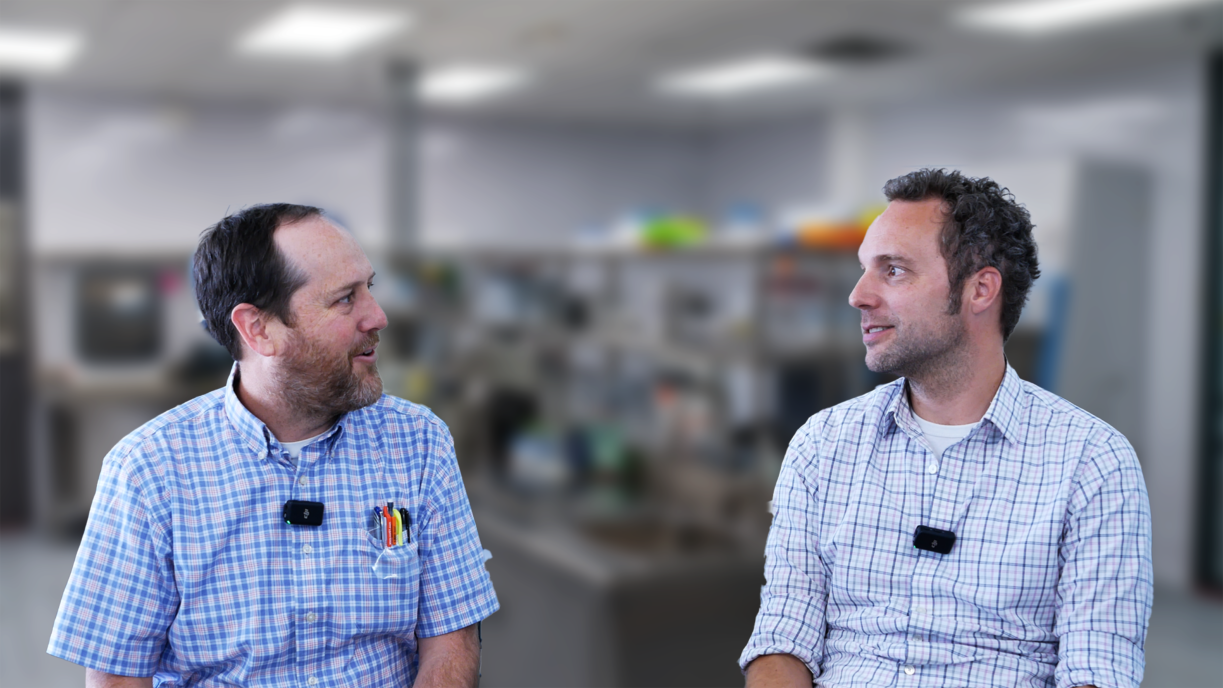
Bio Break: Thanksgiving Traditions and Lessons for Medical Devices
In this episode of Bio Break, StarFish Medical experts Joris van der Heijden and Nick Allan celebrate Thanksgiving by sharing a heartwarming and hilarious family tradition: preparing the perfect turkey. Through this tale of generations working together to create the iconic holiday meal, they uncover a surprising lesson that applies to medical device development and procedural design.
Nick recounts a story from his family’s Thanksgiving tradition, where four generations worked together to prepare a turkey, following a long-passed-down method involving a pot of water to keep the turkey moist. However, this year’s preparation revealed a surprising twist—the tradition originated not from culinary precision but from a practical fix for an old, unsteady stove! This discovery sparks an insightful discussion about the importance of understanding why each step in a process exists, whether in cooking or designing medical devices.
The story transitions into a valuable takeaway: in medical device development, blindly following procedures without questioning their purpose can lead to inefficiencies or errors. Much like uncovering the reason behind the family’s turkey tradition, developers must critically evaluate instructions for use (IFUs) and procedures to ensure each step serves a meaningful purpose.
Key insights from the episode include:
- Traditions and Processes: The importance of understanding the origins and reasoning behind longstanding methods.
- Critical Thinking: Always question procedural steps to identify and remove outdated or unnecessary instructions.
- Practical Application: Applying these lessons to medical device development ensures efficiency, precision, and safety in design and operation.
This Bio Break episode offers a lighthearted yet meaningful look at how family traditions can teach us about innovation and critical thinking. It’s perfect for medical device developers, healthcare innovators, and anyone who loves combining life lessons with professional insights.
Thanksgiving Traditions and Lessons for Medical Devices
Related Resources
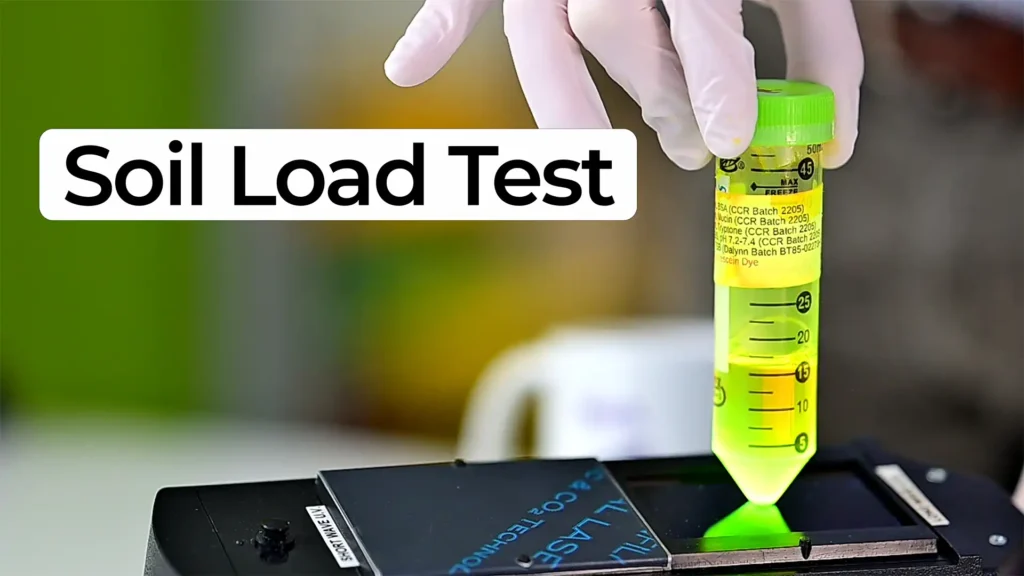
Nick Allan and Nigel Syrotuck explain how a fluorescent protein assay helps engineers measure contamination and cleaning performance in medical devices.
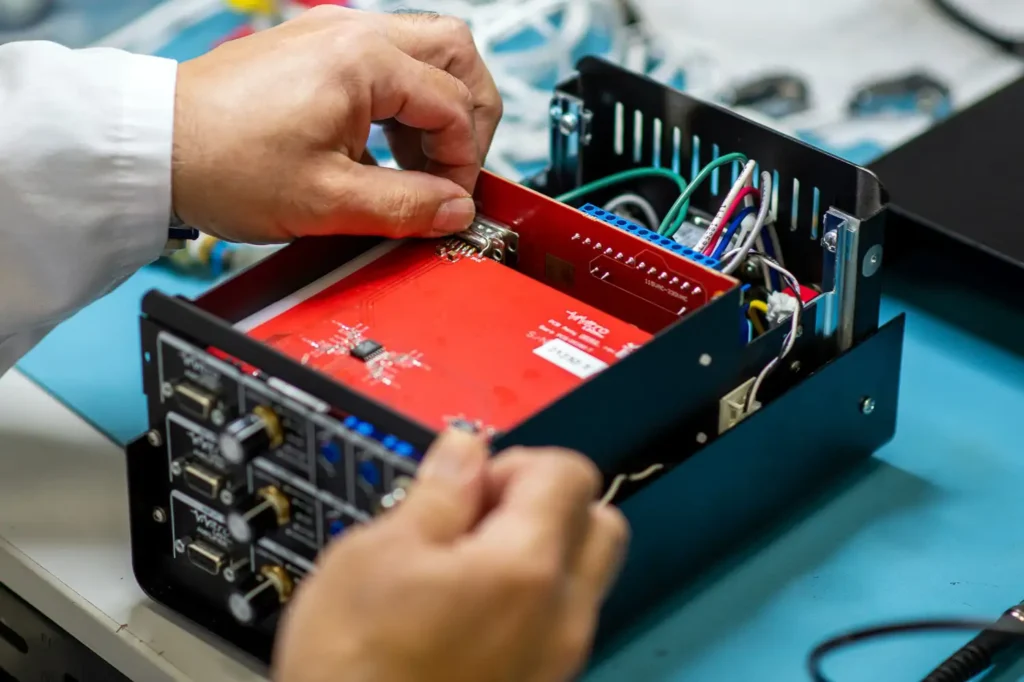
Your team is ready for design validation. The prototype performs well, test plans are in motion, and everything points to a smooth handoff to manufacturing. Then your partner calls with bad news: they can’t build the device as designed.
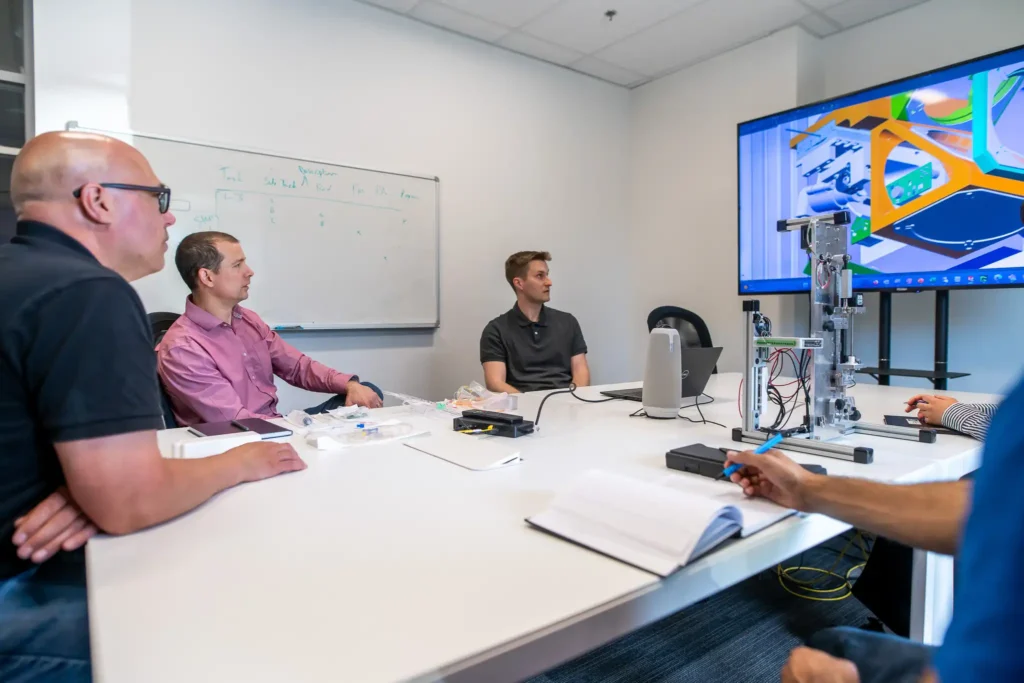
You’ve cleared the toughest engineering hurdles and proven your design works. Then, just as you prepare to scale, your contract manufacturer turns you down.
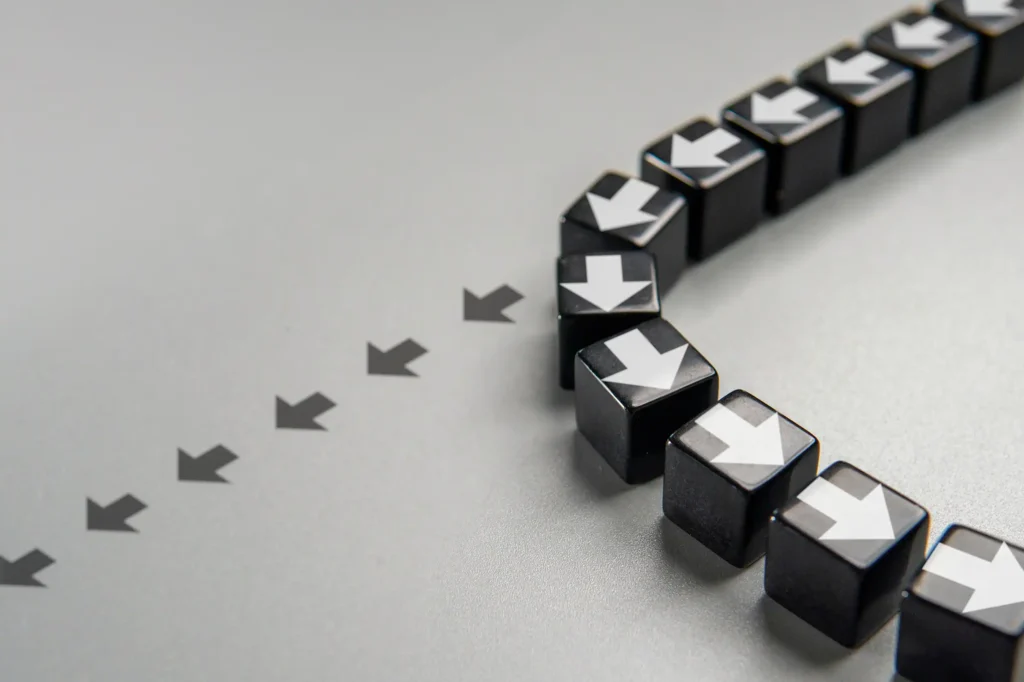
In Medtech, a successful exit isn’t just about having an innovative device, it’s about building a business that potential buyers and investors can clearly see a future in.
Learn how StarFish Medical led a consortium that created a Ventilator 2.0 therapy device in record time.
